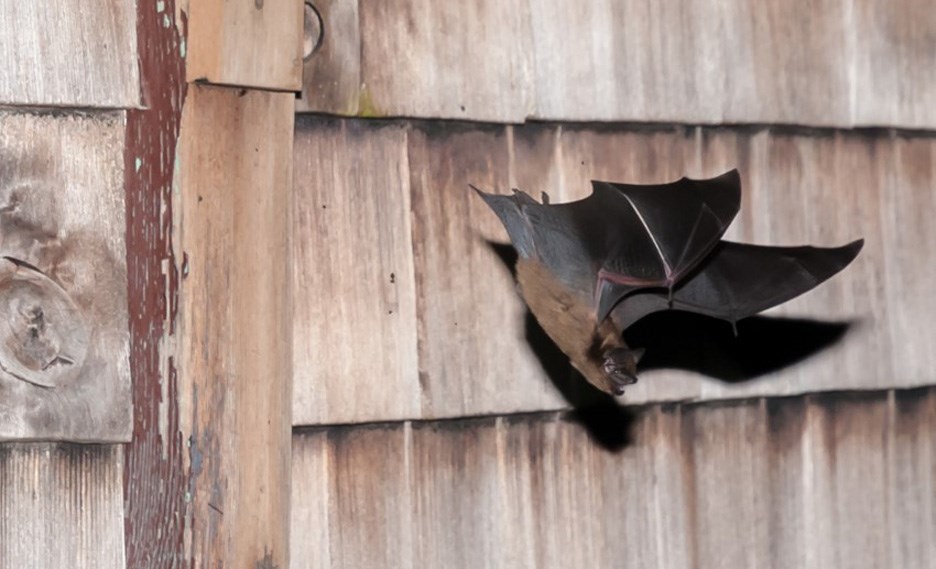Do you have bats living in your home? Do you have a bat house on your property? Do you want to help local bats?
Then join the B.C. Bat Count.
The BC Community Bat Program needs your help to monitor the bat population in New Westminster.
Contact Danielle Dagenais, regional coordinator, to get information on how to volunteer or count the bat colony on your property. Anyone can be a citizen scientist. Volunteers are needed over the next three weeks and again starting mid-July to help collect important data.
In 2018, the count collected baseline data on bat populations at 214 sites across the province, and hope to find more sites for 2019.
“This year, there are 19 roosts stretching from Bowen Island to Coquitlam that need monitoring. Volunteers are key to this program,” said Dagenais. “The count data helps bat biologists understand bat distribution and normal variation in colony sizes before the devastating white-nose syndrome affects bats in the province.”
White-nose syndrome is an introduced fungal disease, fatal for bats but not for other animals or humans. Not yet identified in B.C., the disease continues to spread in Washington State, less than 200 kilometres from our border. It has resulted in three Canadian species being listed as endangered, including the little brown bat that will use buildings and bat houses to raise their pup in the summer. Results from the bat count may help prioritize areas in B.C. for research into treatment options and recovery actions.
“The counts are a wonderful way for people to get involved in collecting important scientific information, as well as learn about bat behaviour,” said biologist Mandy Kellner, provincial coordinator of the BC Community Bat Program.
Volunteers wait outside a known roost site, such as a building, bat house, barn, or bridge, and count bats as they fly out at twilight. They record the final number along with basic information on weather conditions. Ideally, one to two counts are done between June 1 and 21 before pups are born, and one to two more between July 11 and Aug. 5, when pups are flying.
“We know relatively little about bats in BC, including basic information on population numbers,” said Kellner. “This information is more valuable than ever, particularly if it is collected annually. If people want to get involved but don’t have a roost site on their property, we will try to match them with a roost site nearby.”
To find out more about bat counts or white-nose syndrome, to report a dead bat, or to get assistance dealing with bat issues, visit www.bcbats.ca, call 1-855-9BC-BATS ext. 11, or email [email protected].



